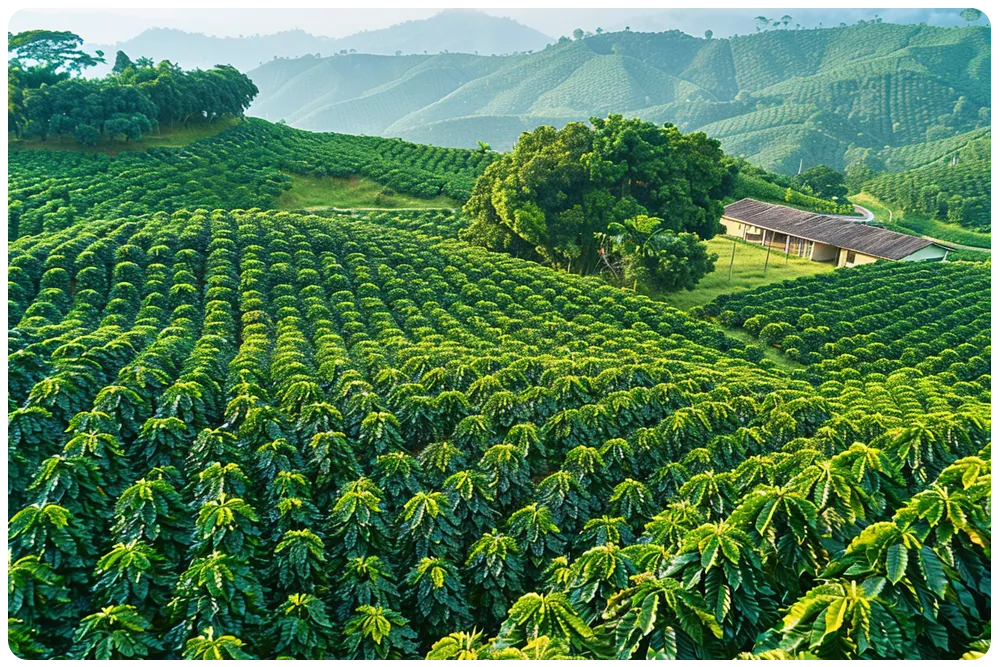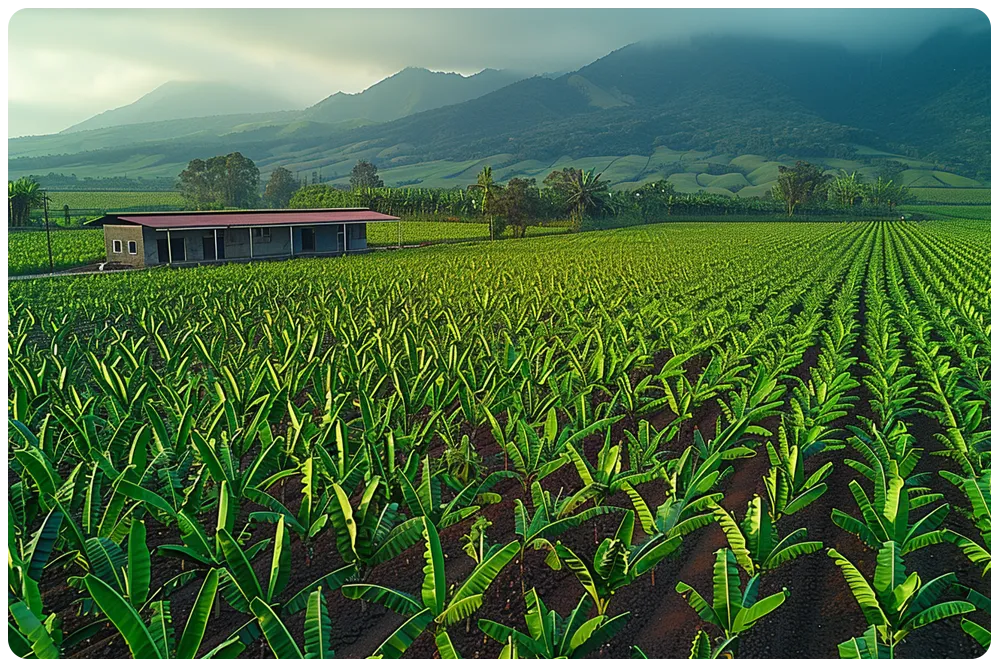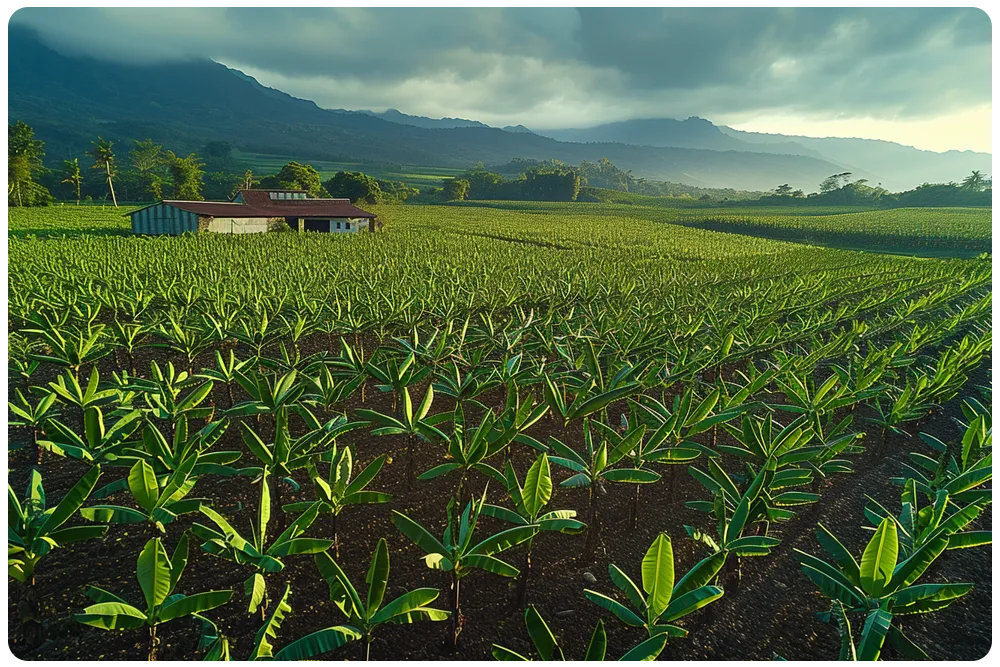Discover the future of farming with drone technology. Uncover long-term benefits of drone use in crop management, enhancing yields and agricultural productivity.
Welcome to Drone Farm
We offer a comprehensive range of agricultural drone services. With years of experience, we’ve harnessed our expertise to deliver high-quality services to our clients. Our team provides full support at every stage. Choose us for top-tier Drone Farming experiences!

Contents
- 1. What does drone use bring in the long-term
- 2. Increased efficiency a result of drone use
- 3. Are drones enhancing farming crop yields
- 4. Long-term benefits of drone use observed
- 5. Drones lead to increase in crop yield
- 6. Efficient farming operations due to drones

1. What does drone use bring in the long-term
What does drone use bring in the long-term?
The incorporation of drone technology into agriculture brings a widescale positive impact in the long-term. By granting farmers the ability to access real-time, detailed and accurate data, drones aid in making strategic decisions that ultimately optimize crop yield and increase efficiency.
Cutting-edge drone technology enables precision in agriculture, presenting several compelling benefits:
- Increased Crop Yield: Drones provide accurate health assessments of crops. Using infrared sensors, the drone can detect if the crops are unhealthy long before the human eye can see it. Timely detection allows for an immediate response, potentially saving the crop and ensuring better yield.
- Efficient Use of Resources: Drones can generate precise 3D maps for early soil analysis, which is instrumental in planning seed planting patterns. After planting, drone-driven soil analysis provides data for irrigation and nitrogen level management. This precision reduces wastage, conserves resources, and yields a better quality crop.
- Better Crop Monitoring: Large farms and fields often run the risk of insufficient monitoring. However, a drone can cover distances in a short time and capture real-time images that give a broader and more detailed picture of the crops. This increased efficiency in monitoring helps in identifying problem areas and addressing them in a timely fashion.
Drones also play a significant role in diagnosing plant disease and pest infestations. Their ability to capture high-resolution images allows for the detection and identification of unhealthy plants. With the use of special sensors, drones can even identify specific types of disease and pests. This early-warning system can significantly reduce crop damage and loss, protecting a farmer’s investment.
Undeniably, drones bring transformative change to the realm of agriculture in the long-run, dramatically reshaping field management strategies and improving profitability through increased efficiency and higher crop yields.
2. Increased efficiency a result of drone use
Increased Efficiency: A Definitive Result of Drone Use
One of the undeniable benefits of agricultural drone applications is the significant increase in farming efficiency. Advanced drone technology is transforming traditional farming methods, optimizing field management strategies, and enhancing crop production.
The primary role of a drone in agriculture is data collection. Equipped with sophisticated sensors and imaging capabilities, a drone captures real-time, high-precision data on crop health, soil condition, and environmental factors.
Real-Time Crop Monitoring and Health Assessment
A drone’s capacity to monitor vast areas of crops in real-time is a boon for contemporary farming. With precision agriculture, farmers receive detailed insights into the conditions of their fields, allowing them to make informed decisions. The drone technology flags any signs of pest infestation, plant disease, or nutrient deficiency early. By providing a swift response, the damaging effects can be minimized, and crop health can be maintained. This feature significantly contributes to increased yield and enhanced productivity.
Farm Management Optimization with Drone
Besides monitoring crop health, the versatility of a drone extends to farm management.
- The birds-eye-view provided by a drone helps strategize irrigation systems, identifying areas needing water and preventing excess resource wastage.
- Agricultural drones also assist in planning and surveying farm boundaries for effective land utilization.
- Even seasonal tasks like planting and fertilizing get a high-tech upgrade, with drones ensuring accurate and efficient coverage.
The multifunctionality of a drone equally contributes to sustainability, reducing manual labour, and minimizing any detrimental environmental impact. By rationalizing resource utilization, drones facilitate more economical and profitable farming practices.
Long-Term Benefits: Efficiency Today, Prosperity Tomorrow
The long-term benefits of drone use in farming revolve around the sustainability of the system. As the agricultural sector confronts challenges of climate change and population growth, the integration of drone technology ensures a resilient and productive future for farming.
In essence, the increased efficiency, enhanced crop yields, and improved farm management strategies offered by drone technology not only bear fruits today, they sow the seeds for a sustainable and successful tomorrow.


3. Are drones enhancing farming crop yields
Welcome to our insightful exploration on the transformative use of a drone in farming and agriculture. This impressive technology is not only enhancing farm management strategies but also significantly heightening agricultural productivity.
Increased Farming Efficacy with Drone Technology
On a closer look at the benefits of a drone in farming, we note a distinct surge in efficiency. By using advanced sensors and digital imaging capabilities, a drone can give farmers a richer picture of their fields. This information can include data about irrigation problems, soil variation, and even pest and fungal infestations.Critically, these insights can not only optimize crop production but also lead to more effective use of resources, ultimately increasing overall yields. That’s why a drone can be a farming game-changer.
Step by Step: How a Drone Boosts Crop Yields
Let’s delve into how exactly a drone enhances crop yields:- Monitoring: A drone provides real-time footage and data, allowing farmers to keep a watchful eye on their lands.
- Disease Detection: Through multispectral analysis, a drone can identify unhealthy plants not visible to the naked eye.
- Irrigation Optimization: With thermal sensors, a drone can identify areas of the field that are receiving too little or too much water.
- Improved Treatment Application: A drone can even help apply treatments to crops more efficiently, minimizing over-exposure to chemicals.
Long-term Benefits of Drone Use
What stands out with drone use in farming is the sustainable boost to farm productivity. Over time, regular drone usage helps to build a comprehensive farm management strategy, informed by accurate, real-time data. The constant monitoring allows for early detection of potential issues, a drone can minimize the impact of crop illnesses, leading to healthier crops and more reliable yields.Thus, drone technology truly represents the future of efficient and profitable farming, offering lasting benefits to the agriculture industry.4. Long-term benefits of drone use observed
Long-term Benefits of Drone Use Observed in Farming Efficiency and Crop Yields
Technological advancements have revolutionized various sectors, including agriculture. In the world of farming and crop production, drones have contributed significantly to enhancing efficiency and boosting yields. What remains intriguing is the long-term benefits associated with the use of this technology. Let’s delve into the substantial impacts of drone technology in farming.
1. Precision Agriculture: The use of drone technology significantly elevates precision agricultural practices. The drone’s bird’s eye view allows farmers to monitor their fields meticulously, leading to optimized use of fertilizers and water. Over the long term, this results in higher crop yields while reducing wastage of resources.
2. Enhanced Crop Monitoring: Drones provide timely insights into crop health by detecting anomalies and potential crop illnesses. As a result, farmers can address these issues proactively, which in the long run, reduces losses and bolsters productivity.
Impact on Farm Management
Drones have brought a paradigm shift in how farmland is managed. The ability of drones to provide real-time data about crop health, soil conditions, and weather patterns aids in decision-making and streamlines farm management processes. Over time, this leads to increased productivity and reduced operational costs.
- Real-Time Data: Drones aid in collecting real-time data on a range of parameters, including soil health, pests, and plant diseases. This aspect equips farmers with critical insights, allowing for proactive measures and timely interventions.
- Improved Decision Making: Armed with accurate data, farmers are better equipped to make informed decisions regarding the use of pesticides, watering schedules, and timing of planting and harvest.
To sum it up, the extensive use of drone technology in agriculture provides a wealth of long-term benefits. From boosting productivity to reducing resource wastage, drones are paving the way for sustainable and efficient farming practices. The integration of drone technology in crop production and farm management is indeed a game-changer, promising a bright future for the agricultural sector.


5. Drones lead to increase in crop yield
Agricultural drones are changing the face of farming, optimizing crop production and enhancing the way farms are managed. Due to the advancements in technology, agricultural drone has become an intrinsic part of modern farming. One of the significant benefits they bring lies in increased crop yields.
Increasing Efficiency and Crop Yields with Drones
The use of drone technology in farming has led to impressive increases in efficiency and crop yields, allowing for an intensive growth in the agricultural sector. A drone carries out tasks in a fraction of the time it would take traditional methods, from soil analysis to planting and crop spraying, it handles each task with precision.
Employing Drone Technology for Long-term Benefits
Long term benefits of drone use on the farm are undeniable. This singular piece of technology can efficiently monitor vast fields, identifying areas that need attention swiftly. It aids in detecting crop illness early, thus minimizing the effect and enabling a quick reaction. These benefits lead to healthier crops, and resultantly, increased yields.
Step-by-Step Drone Application in Agriculture
- Surveying the Field: A drone surveys the field, gathering data on soil conditions, potential hazards, and topographical features.
- Farming Planning: Based on the data, a detailed plan is developed for crop planting.
- Planting: The drone plant seeds, reducing human effort and enhancing precision.
- Monitoring: Regular monitoring of the field using the drone helps to detect any crop illness early, allowing for timely management and treatment.
- Crop Spraying: A drone sprays the field, ensuring even distribution of nutrients and pesticides.
- Data Analysis: Continuous data analysis provides the farmer with insights into improving crop yield.
Adopting agricultural drone technology isn’t just a boon for farmers but for the agriculture sector as a whole, promising a sustainable future. The precise, swift, and efficient potentiality of the drone is contributing to increased crop yields, the vitality of plants, and overall farm efficiency. Therefore, with the drone at the helm, farming keeps evolving to provide higher yields and healthier crops.
6. Efficient farming operations due to drones
Efficient Farming Operations due to Drones
Immerse yourself in the transformative world of agricultural drone technology – a resourceful tool revolutionizing farming practices and field management strategies. A drone integrates seamlessly with daily farming operations, driving efficiency, and ensuring high crop yields.
The Infusion of Technology in Agriculture
Empowering precision agricultural practices, drones now stand at the forefront of modern farming technologies. This adoption of drone technology has engendered a paradigm shift in crop monitoring and management, leading to tremendous long-term benefits.
Benefits of Drone Farming
In the world of agriculture, efficiency and yield form the two keystones of successful farming operations. Drone technology has immensely contributed to these areas by offering:
- Streamlined Crop Monitoring: Inexpensive and frequent imaging by a drone can highlight problem areas before they cascade into significant yield depleting issues.
- Effective Field Analysis: With their detailed aerial perspective, drones can provide essential data for planting strategies that optimize yields.
- Precision Irrigation: Employing infra-red technology, a drone can identify areas of a field that are dry and need more attention.
- Disease Prevention: Proactive disease management is made possible by a drone’s ability to spot early signs of crop illness and initiate a swift response.
Long-term Benefits of Drone Use in Farming
Drones are not just about immediate problem-solving or operational advantages; they also promise extensive long-term benefits. Through the facilitation of proactive management strategies, drone technology can stave off future problems, leading to consistent high-yield harvests. Additionally, the efficient use of resources, both time and material, that a drone offers, ensures the overall profitability and sustainability of farming operations.
So, explore our platform, learn about the diverse applications of drone technology in farming, and experience the numerous ways this tool can enhance your agricultural productivity!
